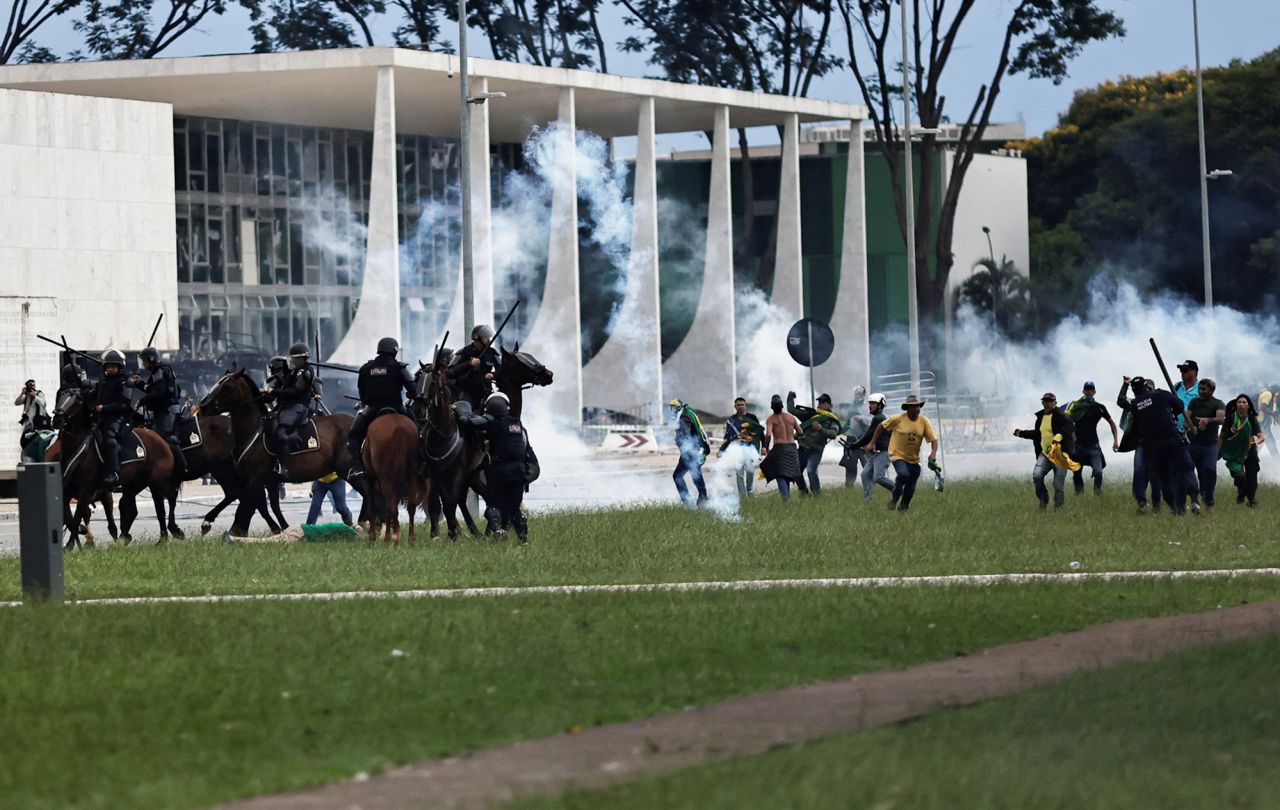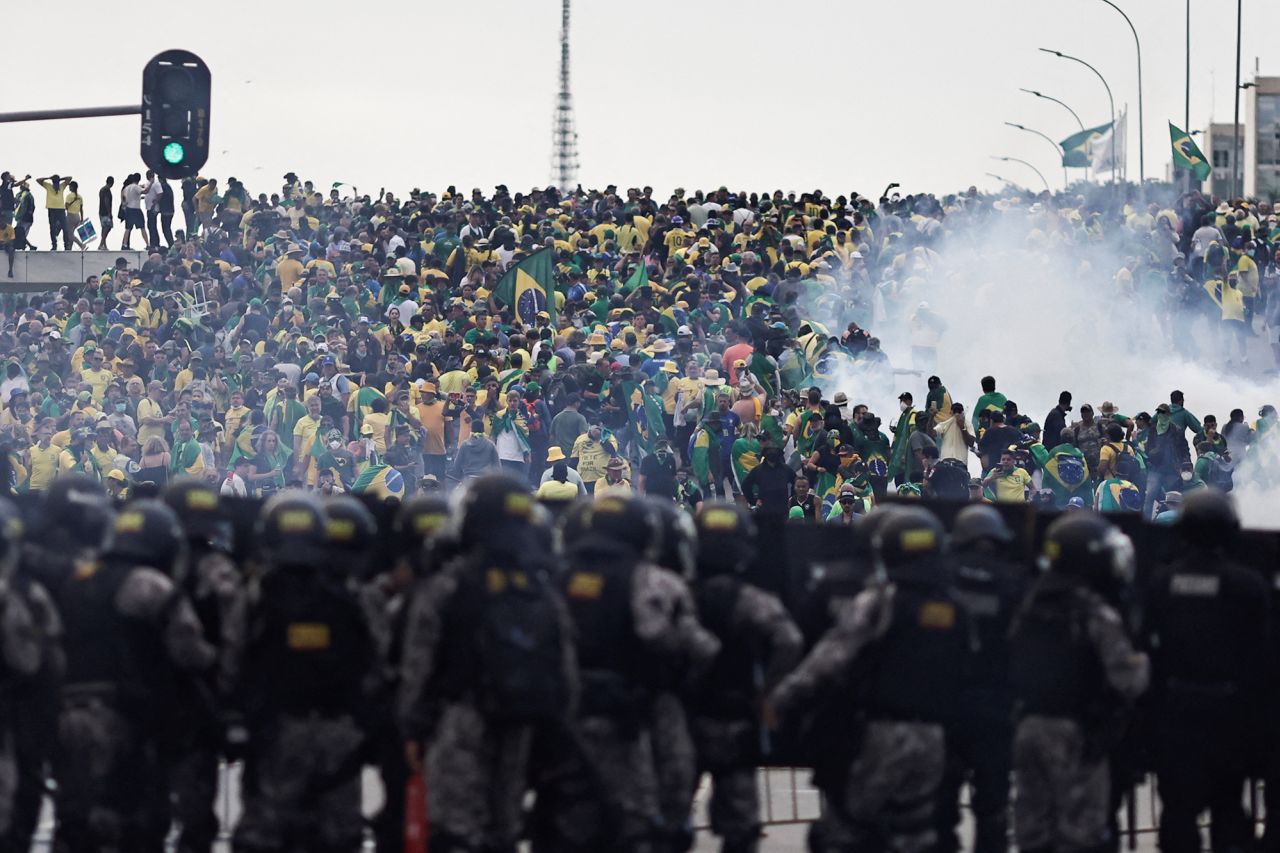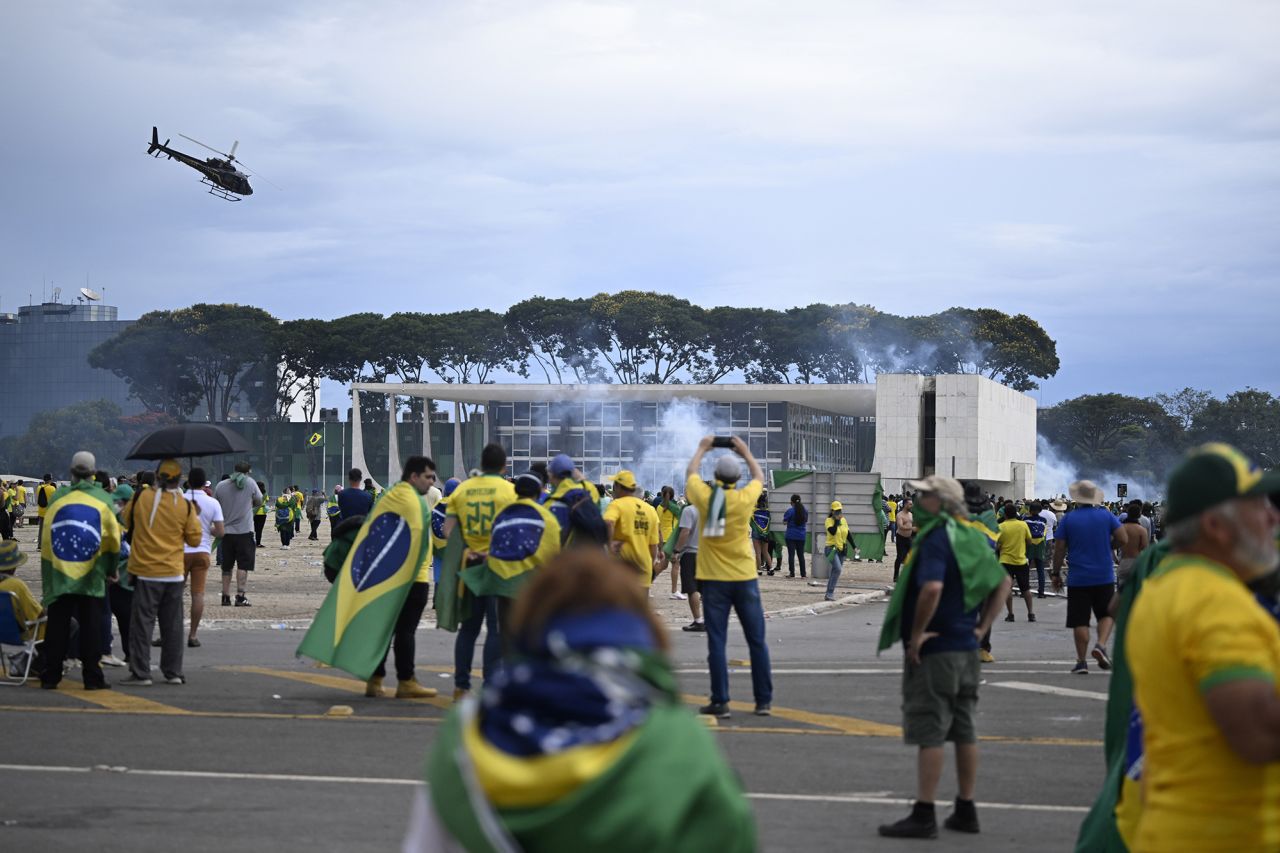Why is the Right Obsessed with Gramsci?
Over the past months, the culture warriors in charge of the Republican Party in the United States have intensified their legislative efforts to secure a white, nationalist Christian, and patriarchal order against a plurality of ideological threats. Having reversed the landmark for women’s rights that was Roe v Wade, they are focusing their energies on purging progressive perspectives (and factual histories) from American schooling. Implicitly concurring with the French philosopher Louis Althusser’s contention that education is the key “ideological state apparatus”, they have committed the formidable legal and financial resources of the US right to forbidding the teaching of any texts, authors or theories that cast critical light on a master narrative that enshrines 1776 as the unblemished origin of the land of the free.
There is a frantic but focused energy coursing through these efforts to expunge any challenge to what the black radical scholar Cedric J Robinson called the “forgeries of memory and meaning” that have historically shored up white nationalism in the US. The moral panics that have been promoted by the revanchist intelligentsia of the US right all have theory as their target. They operate by ascribing inordinate scope and sinister influence to frameworks originating in academic debates on race and gender, such as intersectionality, critical race theory (CRT), and queer theory. These are now believed to dominate corporate boardrooms, federal agencies, and education, from the pre-school to the professoriate.
Much of the legislative activity goes under the heading of divisive concepts: shorthand for the idea that any recognition and critical analysis of racism or gender discrimination is ipso facto discriminatory and corrosive of the common good. In establishing a chain of equivalence between racialised and gender-non-conforming others, on the one hand, and political, intellectual and economic elites on the other, these campaigns are a perfect vehicle for the right’s authoritarian insurgency. They perform populist outrage and channel prejudice, while posing no challenge whatsoever to social inequality and the concentration of wealth and power. As the social wage plummets, investing in psychological wages is a cost-saving measure like no other.
While the culture war playbook is remarkably consistent, down to the legal wording, it also generates a competitive arena, one in which Florida governor Ron DeSantis is successfully positioning himself to supplant Trump as the leader of a party committed to a strategy of ideological belligerence. Having promoted laws legalising motorists running over protestors (the “anti-riot” bill), turned deportation into spectacle by flying undocumented migrants to Martha’s Vineyard, and even adopted the defence of gas-burning stoves as a fulcrum for ressentiment against metropolitan elites, DeSantis has made his name inseparable from the watchword incorporated into his Stop-Woke law
An administrative coup at the New College of Florida designed to morph it into a conservative bulwark; the purging of black critical thought, activism and history from advanced placement (AP) courses in African American Studies; and now a bill proposing to ban gender studies, critical race theory and intersectionality from all state-funded higher education institutions – DeSantis has built his brand on shifting the culture war from a war of position to a war of manoeuvre. This terminology, drawn from the writings of the 20th-century Italian Marxist theorist Antonio Gramsci, is not alien to the DeSantis project. The principal intellectual agitator in the right’s witch hunt against CRT, Christopher Rufo – appointed by DeSantis to the governing board at New College – has repeatedly invoked the one-time leader of the Italian Communist Party.
As with other such mentions of the Sardinian Marxist by the right it evinces no direct acquaintance with his writings, and follows a schematic template: having recognised the inevitable defeat of communist revolution in the West and its lack of traction among the working classes, Gramsci, the author of the Prison Notebooks, forged a strategy of elite takeover of key cultural institutions (schools, media, entertainment, publishing) by what National Review writer Nate Hochman has called a “Gramscian vanguard” set on sapping Western Christian liberal-democratic civilisation from the inside. Though analogous to the cultural Marxism conspiracy theory – Jewish-German Marxist philosophers in exile undermining America by seeding sexual disorder and black revolution – Rufo’s variant seems to mute the anti-Semitic dog whistle and accord black thinkers greater, if nefarious agency. According to his conceit, critical race theory was the product of mainly black law professors (especially Derrick Bell and Kimberlé Crenshaw) adopting a Gramscian strategy to undermine American values for the sake of a nihilist mix of racial identity politics and anti-capitalism.
3/4/2023
Alberto Toscano teaches at Simon Fraser University in Vancouver and is also co-director of the Centre for Philosophy and Critical Thought at Goldsmiths, University of London. His books Terms of Disorder: Keywords for an Interregnum (Seagull Books) and Late Fascism: Race, Capitalism and the Politics of Crisis (Verso) will be published this year.

:quality(70)/cloudfront-eu-central-1.images.arcpublishing.com/thenational/E2BTIQTNCYLOVYCIEXYUZENL2Y.jpg)
:quality(70)/cloudfront-eu-central-1.images.arcpublishing.com/thenational/N54CNRA32FG6SXV5MFVYGW7OY4.jpg)
:quality(70)/cloudfront-eu-central-1.images.arcpublishing.com/thenational/7FHGIJ325VSNMISK6ZNUDB5S6Y.jpg)
:quality(70)/cloudfront-eu-central-1.images.arcpublishing.com/thenational/BQP5O3WZNRY7Y5VZY6IRX2HOGQ.jpg)
:quality(70)/cloudfront-eu-central-1.images.arcpublishing.com/thenational/3HQZMRFWTXDB2HPMFGHUUDSFBY.jpg)
:quality(70)/cloudfront-eu-central-1.images.arcpublishing.com/thenational/UNQG4CFAJAPO3WITCNDFKARPUE.jpg)
:quality(70)/cloudfront-eu-central-1.images.arcpublishing.com/thenational/SJGJQZ4MYC3XDJAIBZKMRD6REQ.jpg)
:quality(70)/cloudfront-eu-central-1.images.arcpublishing.com/thenational/6T6XBYTLSYVYKSIWH62FCTCDBE.jpg)












